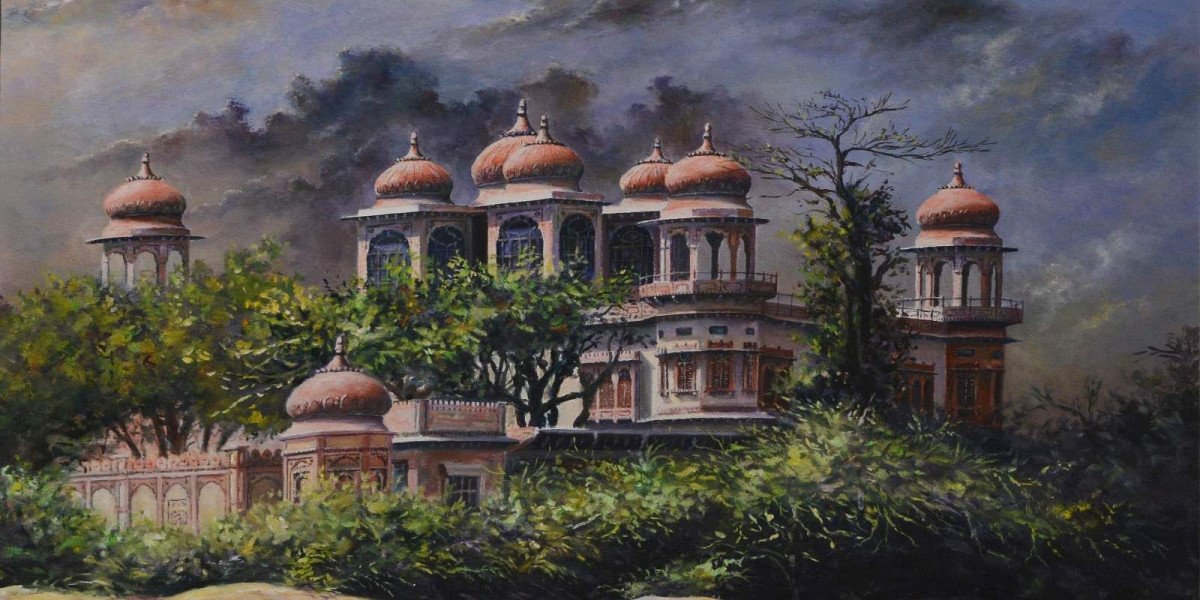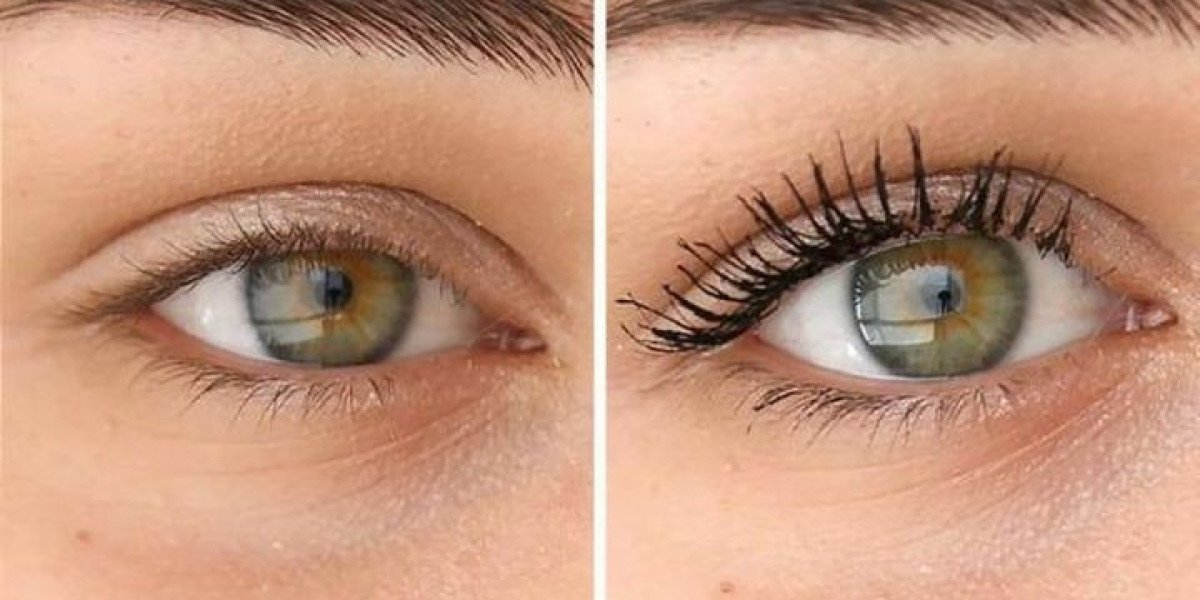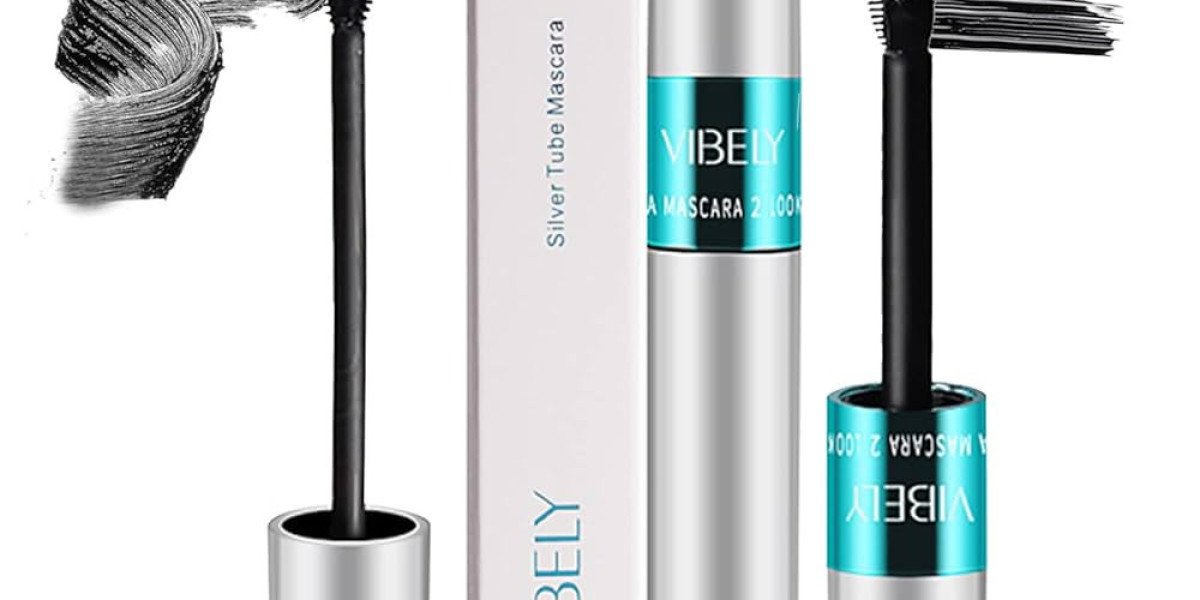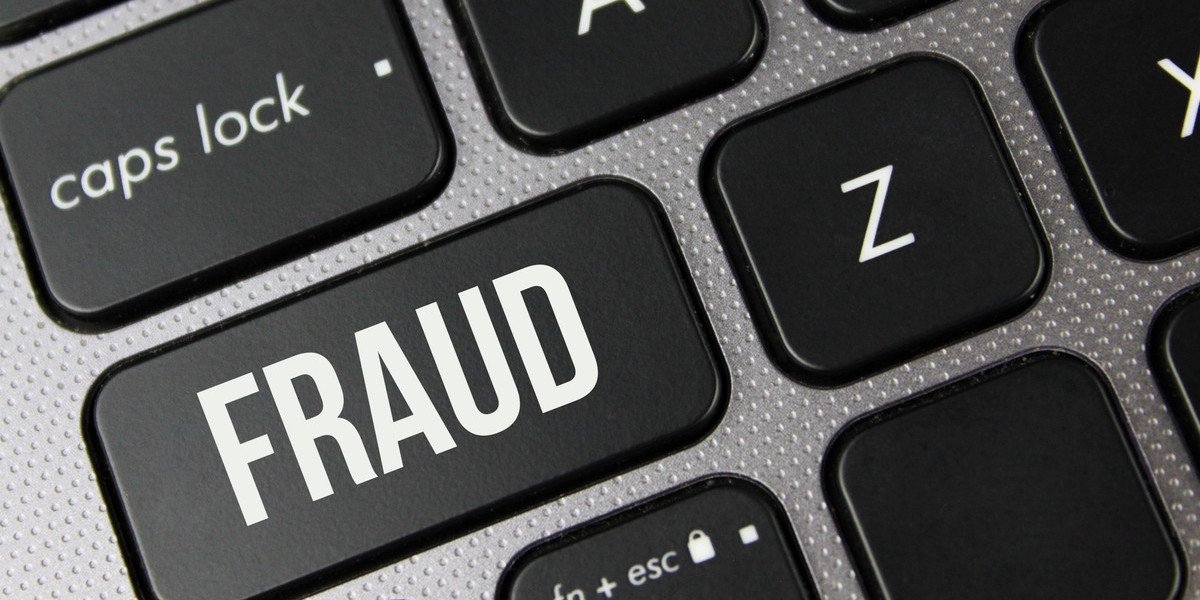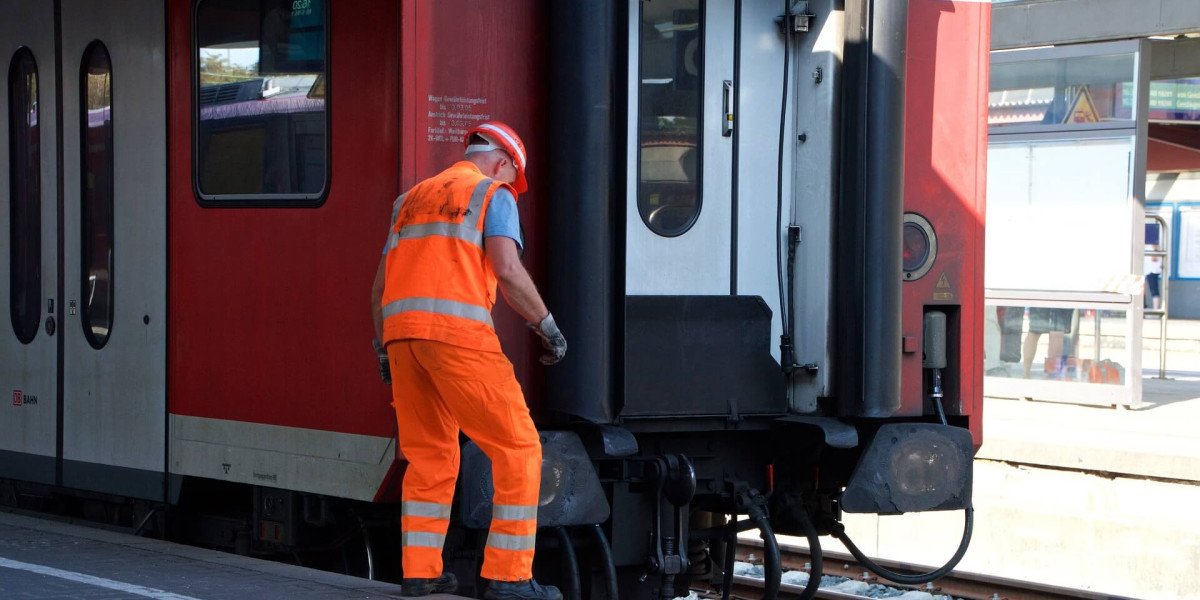Art has always been a powerful form of expression, and in Pakistan, it has evolved into a thriving reflection of history, culture, and modern aesthetics. Among the many art forms, contemporary paintings in Pakistan have gained significant recognition both locally and internationally. These artworks capture the spirit of today’s society while blending traditional motifs, modern techniques, and bold experimentation.
What are Contemporary Paintings?
Contemporary paintings refer to artworks created in the present era, reflecting current ideas, themes, and styles. Unlike classical or traditional art, contemporary art is not bound by rigid rules—it thrives on innovation, abstract concepts, and creative freedom. In Pakistan, contemporary painters often explore themes such as:
Identity and cultural heritage
Urbanization and modern life
Political and social commentary
Abstract concepts and spiritual connections
Evolution of Contemporary Art in Pakistan
The journey of contemporary paintings in Pakistan began after independence, when artists like Sadequain, Shakir Ali, and Ismail Gulgee introduced modern approaches while preserving cultural roots. Over time, galleries and art institutions in cities like Lahore, Karachi, and Islamabad played a key role in shaping and showcasing modern Pakistani art.
Today, contemporary painters in Pakistan experiment with mixed media, digital art, and unconventional techniques, making the art scene dynamic and globally relevant.
Why Are Contemporary Paintings in Pakistan Unique?
Cultural Fusion – A blend of Eastern traditions and Western influences.
Diversity of Styles – From abstract expressionism to realism and minimalism.
Bold Narratives – Addressing societal challenges and modern lifestyles.
Global Recognition – Pakistani contemporary artists are showcased in international exhibitions.
Popular Styles in Pakistani Contemporary Paintings
Abstract Paintings – Expressing emotions through colors, lines, and textures.
Figurative Art – Highlighting human emotions and cultural identity.
Calligraphy Art – A modern take on traditional Islamic art.
Landscape Paintings – Reimagining Pakistan’s natural beauty with modern brushstrokes.
Frequently Asked Questions (FAQs)
Q1: What makes contemporary paintings different from traditional Pakistani art?
Traditional art emphasizes history and cultural motifs, while contemporary paintings focus on current themes and modern expression.
Q2: Are contemporary paintings in Pakistan affordable for new collectors?
Yes, prices vary depending on the artist, medium, and size. Emerging artists often offer affordable pieces, while established painters command higher prices.
Q3: Where can I buy contemporary paintings in Pakistan?
Reputable art galleries in Lahore, Karachi, and Islamabad showcase both established and upcoming artists.
Q4: Can contemporary paintings be customized?
Many contemporary artists accept commissioned work, tailoring pieces to clients’ preferences.
Where to Find Contemporary Paintings in Pakistan
For art enthusiasts looking to explore or purchase modern artworks, https://ejazartgallery.com/paintings-in-lahore/ offers an exceptional collection of contemporary paintings in Pakistan.
To visit in person and experience the gallery’s vibrant exhibitions, check out their Google Business Profile for directions and details.
Final Thoughts
The world of contemporary paintings in Pakistan continues to grow, offering collectors and admirers a rich mix of creativity, culture, and modern expression. Whether you’re an art lover seeking inspiration or a collector looking for unique pieces, Pakistani contemporary art is a window into the country’s evolving identity and global artistic presence.
